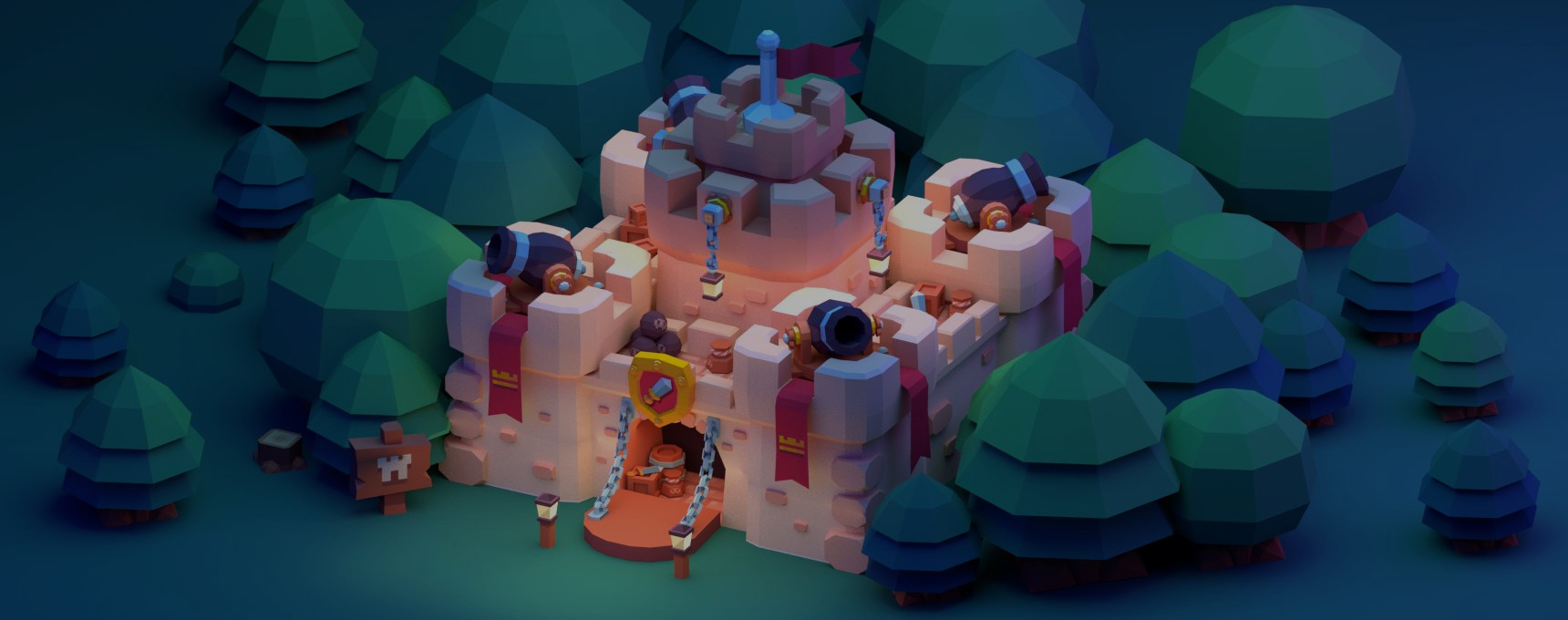Week highlights: new Inkscape releases, new features in GIMP and Krita, various Blender add-ons’ updates, bugfix updates for MuseScore and Sonic Visualiser, new stuff in Olive and OpenShot.
Graphics
Largest news last week: Inkscape 0.92.4 and 1.0 alpha releases.
Version 0.92.4 is an update to the stable series, mostly featuring bugfixes and a number of new features such as:
- Improved saving and filter rendering speed
- New ‘Treat selection as group’ option for the Align/Distribute dialog
- Ctrl now works as a constraint for color sliders (a step of 10 for 0..100 ranges, and a step of 16 for 0..255 ranges)
- Inkscape is now able to read and write Unix pipes, so you can combine it with other tools in a command line interface
This version also drops Windows XP support (most likely due to respective changes in GTK+ and glib). For more information on changes in this version, see full release notes. All downloading options are listed here.
Inkscape 1.0 alpha is essentially a technical preview of what’s coming later this year (in May, if all goes according to the plan). It comes with better theming support, long overdue option for coordinates origin in the top left the corner, canvas rotation and mirroring, more live path effects, variable fonts support etc. Preliminary release notes are available in project’s wiki.
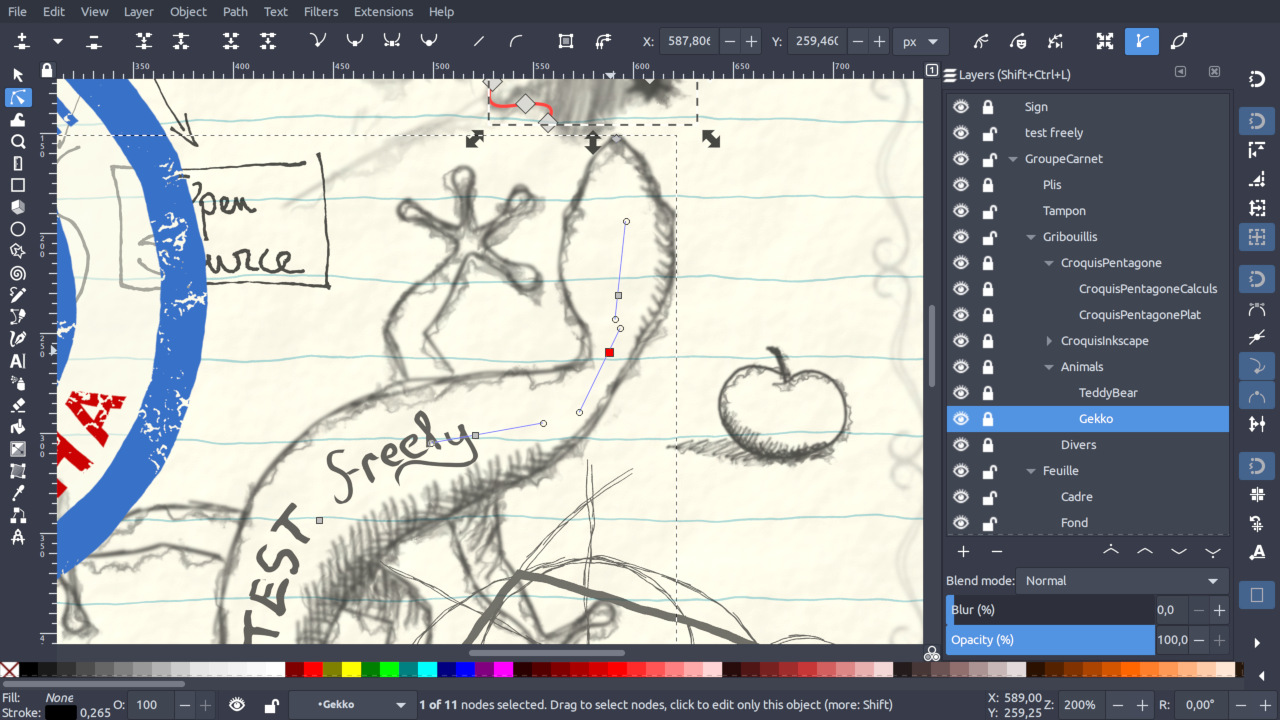
For GIMP, last week’s focus was clearly on the Sample Merged option. Michael Natterer fixed its work for the Heal tool and added it to the Smudge tool. Which means that you can now heal and smudge non-destructively on a transparent layer above the source layer. GIMP will render all your strokes only on that new transparent layer, so you can keep the original and your changes separately.
Jehan went a little further than that in the Bucket Fill tool. He added a drop-down list that allows choosing the source layer when Fill by line art detection is enabled. Choosing the layer above or below rather than using all active layers for merging samples across the full layer stack will come in handy. First of all, when you have a ton of layers and you want to fill against just one of them, you probably don’t want to make computations too slow. And then, you probably don’t want manually disabling the visibility of layers you don’t want to be detected for line art.
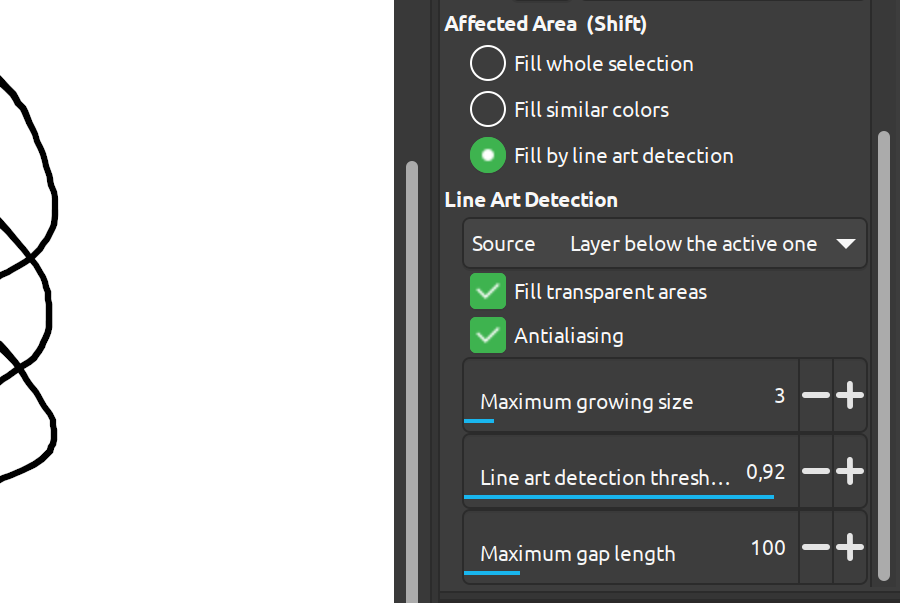
Thanks to Ell, the Select By Color tool is now parallelized by distributing the processed area over multiple threads. Ell is currently working on Ellipse Select tool which, he says, is ridiculously slow with antialiasing for big images. And he plans to give some love to other selection features too.
While Boudewijn Rempt continues hacking on resources management in Krita and reviewing incoming patches, and Dmitry Kazakov works on HDR support, there are some interesting contributions from other people, now available in the master branch.
Pavel Belski added a Copy Translate mode to the Multibrush tool. Here is a video demonstrating this feature.
Rebecca Breu implemented a Python plugin importer which works pretty much like the one in Blender: import a ZIP file, and all data get automatically installed to the right system location.
Brien Dieterle continues his experiments with spectral color mixing in MyPaint. There is now a new “Paint” layer mode to complement the paintbrush mode. Brien also shot a video to demonstrate the effect of compositing on different backgrounds. Pay close attention to the edges where the paint blends with the canvas. If you are keen to check it out, you want the ‘smudge_tweaks’ branch of his GitHub repository.
Good news for pixel art enthusiasts: GrafX2 2.6 by PulkoMandy et al. is now available. There is a wide range of improvements all around, including long overdue clipboard support, much better support for C64 file formats, Thomson MO/TO pictures loading/saving, loading WIN and SCR files from Amstrad CPC, and loading Apple II HGR and DHGR files, as well as loading and saving TIFF files. For a full list of changes, please see the changelog.
Meanwhile, Thomas Bernard announced that 24-bit/32-bit color display is planned for version 3.0. GrafX2 2.x will stay a 256 color application, so it could run on an Amiga 1200, an Atari Falcon, etc.
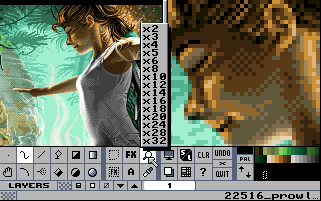
There have been a few Birdfont releases lately, with both bugfixes and new features. The latter includes support for adjusting line gap, cutting paths with Ctrl+X, setting the width for all glyphs at the same time, adding new Unicode points etc.
There has been an interesting ongoing thread at Pixls regarding full-screen color management in Wayland/Weston.
Photography
Remote capturing application Entangle 2.0 (Linux) is out. Not a lot of new features apart from an option to highlight overexposed pixels in red, but enough bugfixes to upgrade.
The slideshow mode in darktable got more control over the delay, and the program now uses the Rec2020 color space for intermediate conversion of CIELAB/ICCLAB TIFF files. Among notable pull requests, there is a patch by Philippe Weyland that adds an LCh mode to the tonecurve.
3D
Mikhail Rachinskiy made an initial port of his Booltron add-on for Blender 2.80, with new icons for both dark and light UI themes (there’s an add-on preferences option for that). It doesn’t yet support local view yet due to 2.80 Python API limitation though.
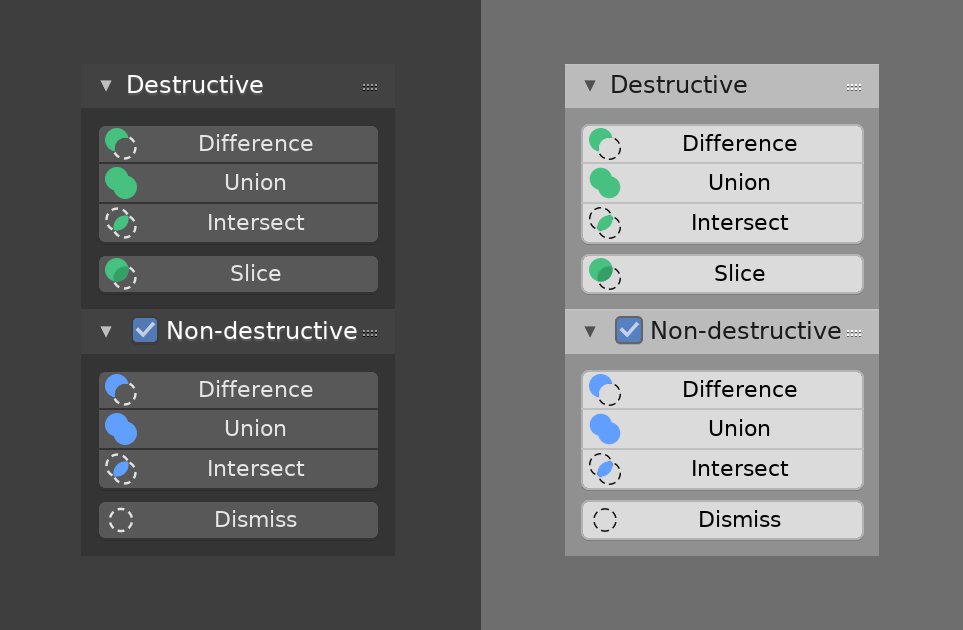
Eric Gentry released Mesh Align Plus v.0.5.0 add-on for Blender, featuring Blender 2.80 compatibility and a new face-alignment option for “Align Planes”.
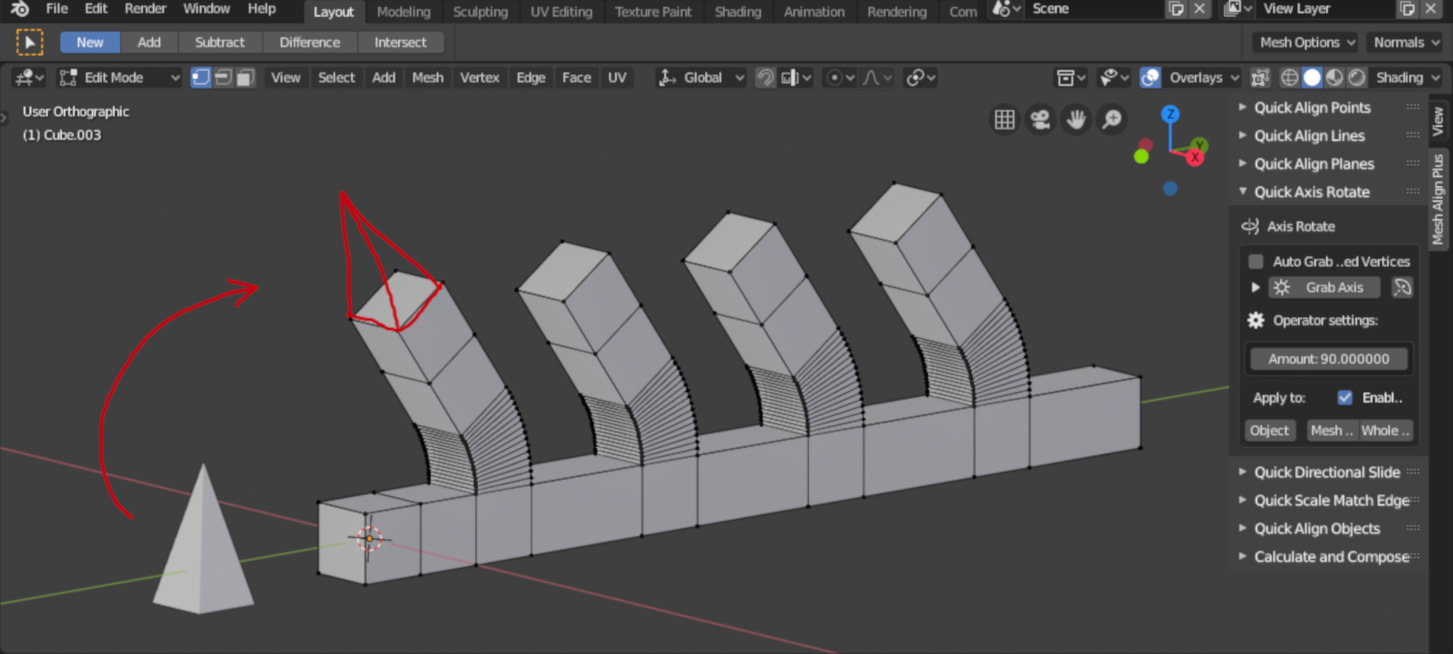
And there is more teasing from Pablo Dobarro.
I tweaked the normal sampling code and I added conditional smooth updates to the flatten plane. Now the brush behaves similarly to Trim Dynamic from ZBrush. #b3d pic.twitter.com/Uxizb5pml6
— Pablo Dobarro (@pablodp606) January 20, 2019
CAD
Normand Chamberland mentions on Mastodon that FreeCAD recently got new dimetric and trimetric views, while the existing axonometric view was renamed to isometric. they are all available in ‘View -> Standard views’ submenu now.
Dion Moult published an article on viewing BIM IFC files on Linux. It covers both FreeCAD, Blender + IfcOpenShell plug-in, IfcConvert + IfcPlus + IfcOpenShell Viewer.
Video
MattKC did quite a bit of work on separating various Olive features into their own threads. As a result, both GL rendering and exporting happen in separate threads now. Media viewers now feature options to disable full-screen mode. And, most noticeably, the video editor now supports frei0r effects.
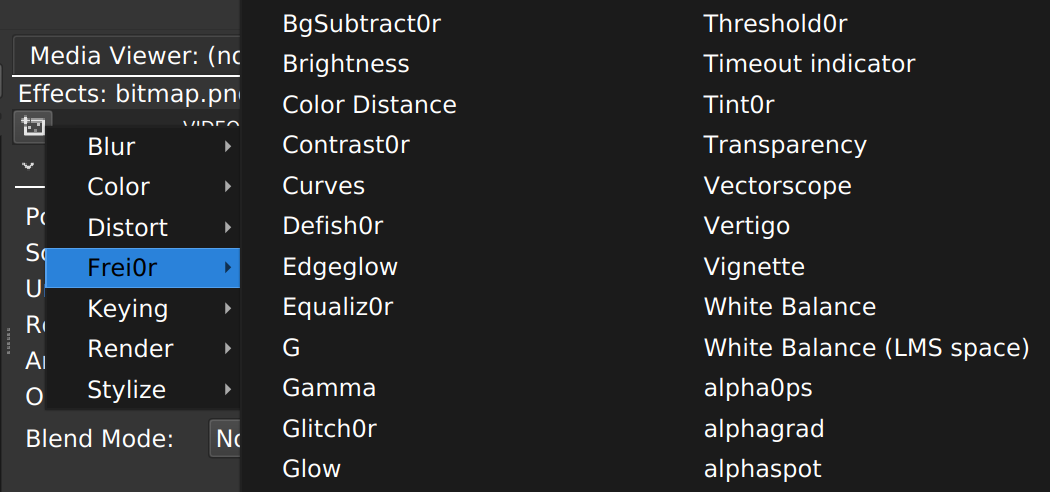
Jonathan Thomas started using the resvg library by Evgeniy Reizner for rendering SVG documents in OpenShot (for reasons to developer resvg, please see our previous coverage of that project).
Blender now ships with custom fonts support in VSE’s text strips.
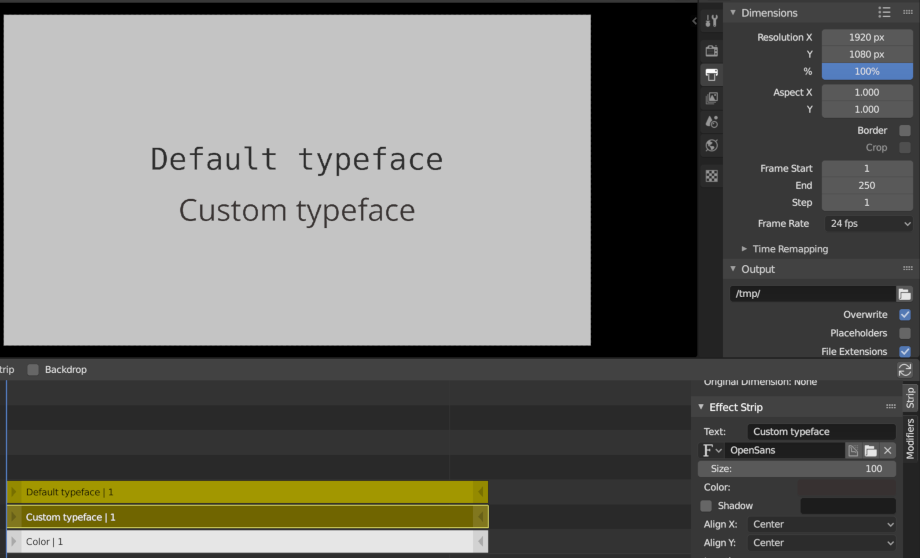
Finally, Dan Dennedy created a page explaining many ways people can contribute to Shotcut.
Music-making, sound
MuseScore 3.0.1 is now available for downloading with bugfixes and a handful new features. For instance, the team redesigned the New Score wizard to make it easier to find a template, provide better score previews and improves accessibility for blind users (MuseScore has a very good track record in that regard).
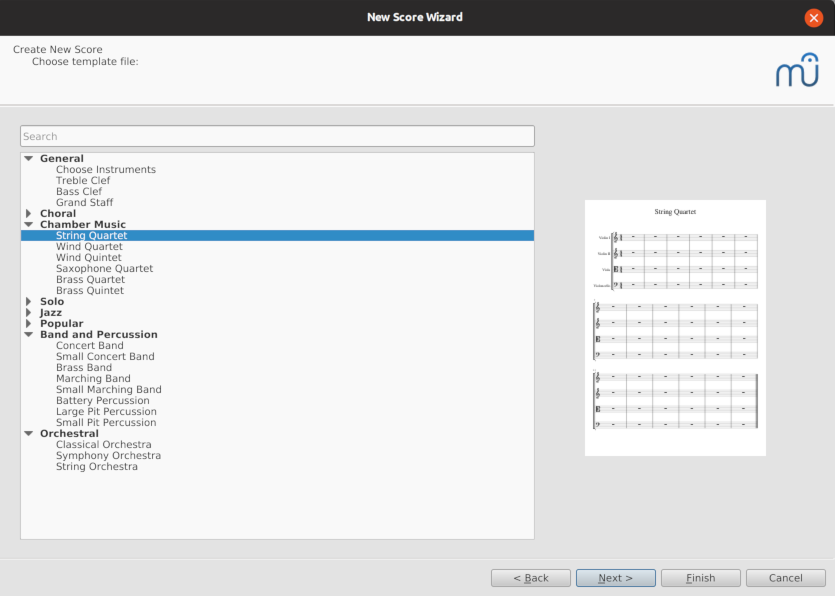
Developers also improved automatic placement of hairpins and dynamics, as well as the importing of v2.x scores, and reworked Mixer’s interface to make it dockable. See full release notes for more details.
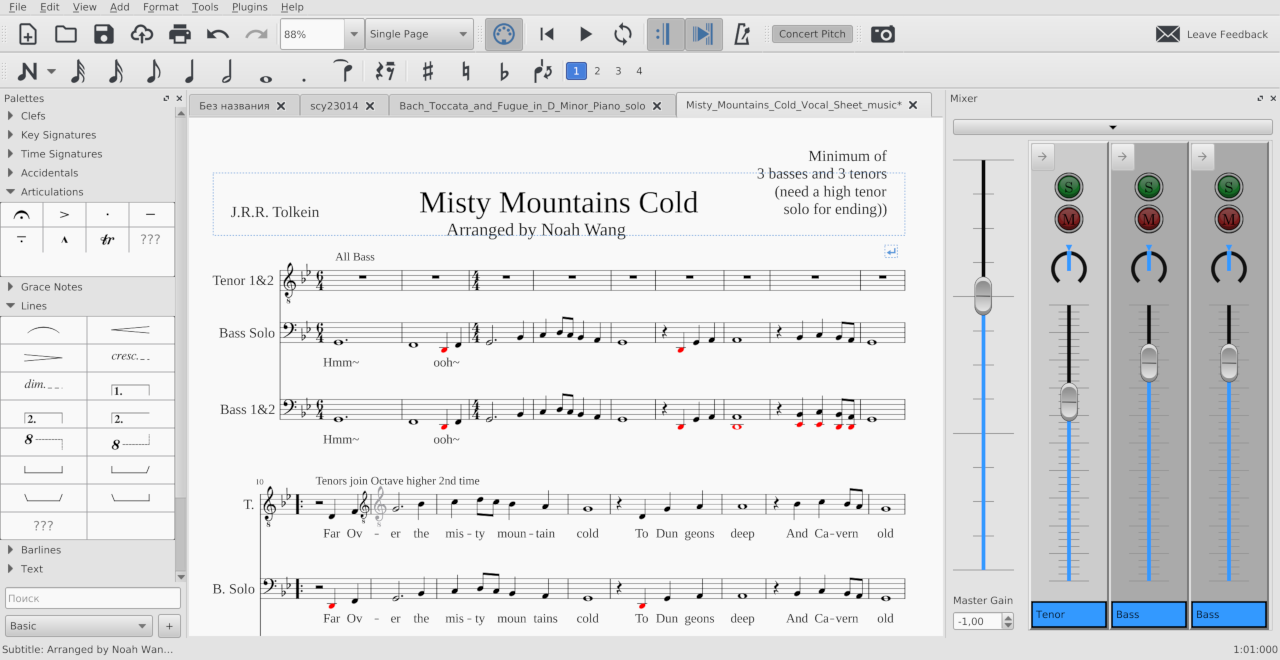
Over the past few weeks, Chris Cannam released Sonic Visualiser 3.2 and then a bugfix update. Most important changes are:
- Various rendering improvements, including spectrum rendering at high resolutions
- Oversampling control in the spectrogram and spectrum layers
- Zooming closer than one sample per pixel is now possible to see the interpolated signal level between samples
- Ability to highlight and label frequency peaks in the spectrum on mouse hover
- Conversion and importing of audio from CSV data files
- New color maps (the old Blue on Black one was reintroiduced too)
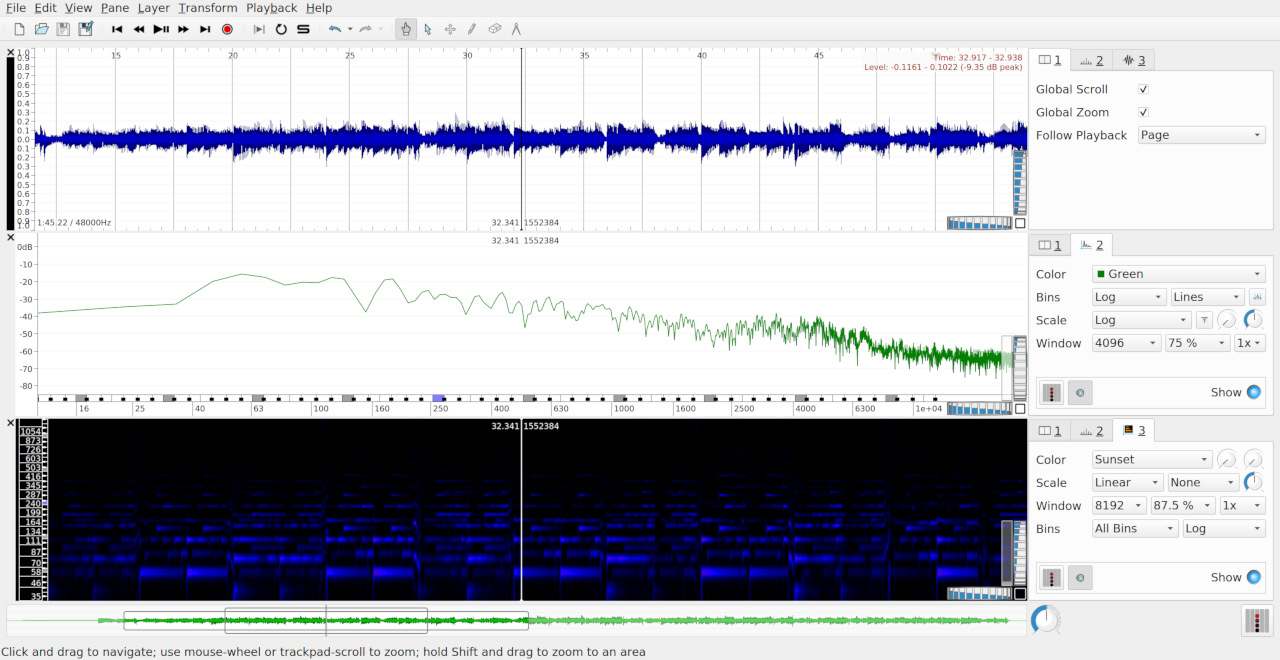
Hermann Meyer released a new version of GxPLugins.lv2, a pack of guitar amp and pedal simulations available as LV2 plug-ins, apart from bugfixes, this version includes the following new plug-ins:
- GxCreamMachine, a tube power amp simulation
- GxValveCaster, a tube boost pedal simulation, adding overdrive and tube compression along with boosting the signal
- GxBoobTube, a variation of GxValveCaster

We’ve only noticed that now, but Staffan Melin announced taking a break from maintaining Libre Music Production website dedicated to free/libre software for musicians. He’s also willing to pass the ownership of the project to someone else.
There are some exciting news from the VCV Rack department:
Coming in Rack 1.0: Core CV-MIDI sends virtual CV from Rack to MIDI output hardware, such as desktop synthesizers or Eurorack MIDI interfaces. Supports Rack's new polyphonic cables with up to 16 channels. Core CV-CC and CV-Gate send MIDI CC and note on/off commands to hardware. pic.twitter.com/M7FNKyEhJe
— VCV (@vcvrack) January 19, 2019
Most interestingly, MIDI 2.0 is finally in the making!
The MIDI 2.0 initiative updates MIDI with auto-configuration, new DAW/web integrations, extended resolution, increased expressiveness, and tighter timing – all while maintaining a high priority on backward compatibility. This major update of MIDI paves the way for a new generation of advanced interconnected MIDI devices, while still preserving interoperability with the millions of existing MIDI 1.0 devices. One of the core goals of the MIDI 2.0 initiative is to also enhance the MIDI 1.0 feature set whenever possible.
Also, I highly recommend reading this thread on Hackernews on the subject.
Tutorials
First and foremost, GDQuest launched a new campaign on Kickstarter to fund their new Godot corse for game developers and artists. You will learn to create a 2D platform-adventure demo and its 3D counterpart.
Draw Simple Thing channel on YouTube posted a new Inkscape tutorial: “Using Inkscape Interpolate Feature - Beautiful Sunset Vector Design”.
If you can’t get enough of double exposure tutorials, here is one for GIMP 2.10 users.
And here is a nice quick tutorial by Jayanam on transparent texture painting in Blender 2.80.
Art
Ozant Liuky, ‘Traditional house of minangkabau, Indonesia’, Inkscape:
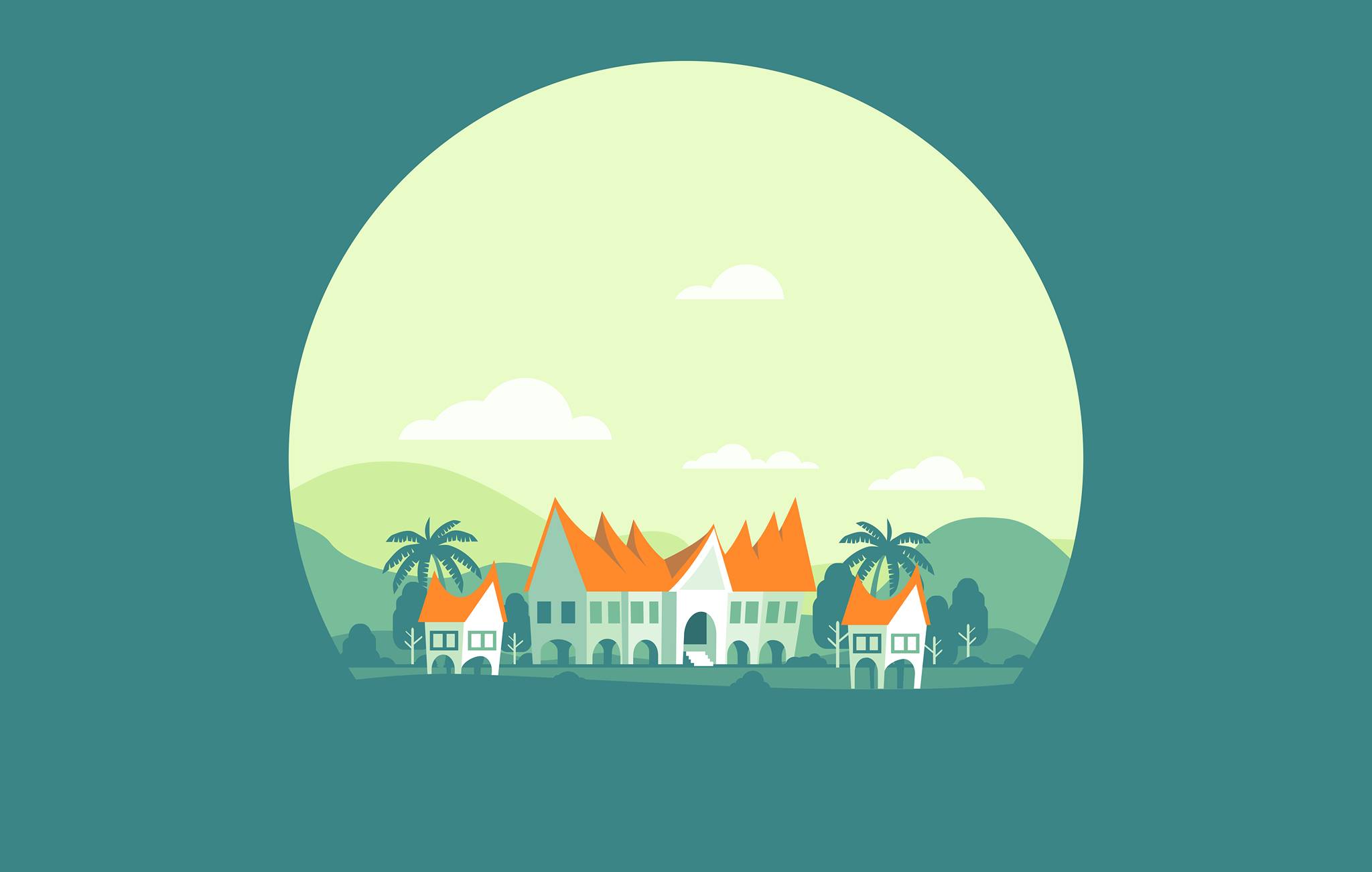
Sven Ebert, new work after a short hiatus, Inkscape:
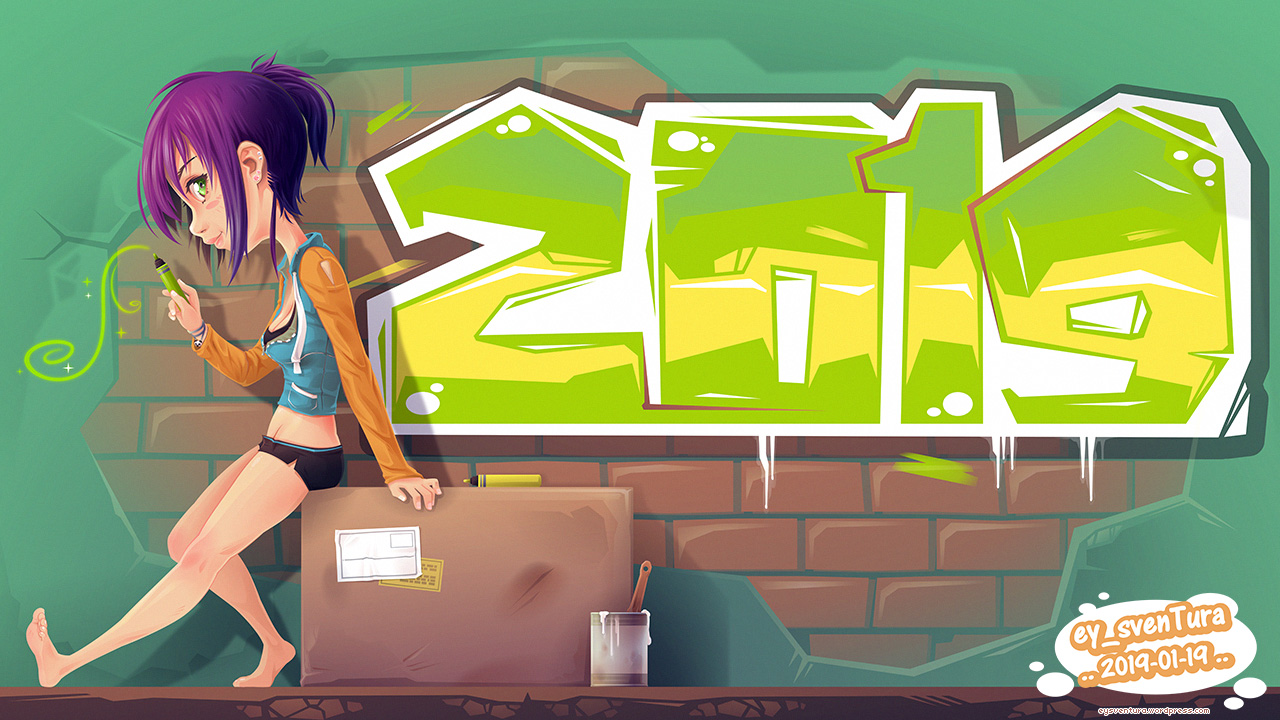
Aryeom Han published a new still from the upcoming ‘ZeMarmot’ short animated movie, where GIMP developer Jehan Pages improves the program for the needs of the artist.
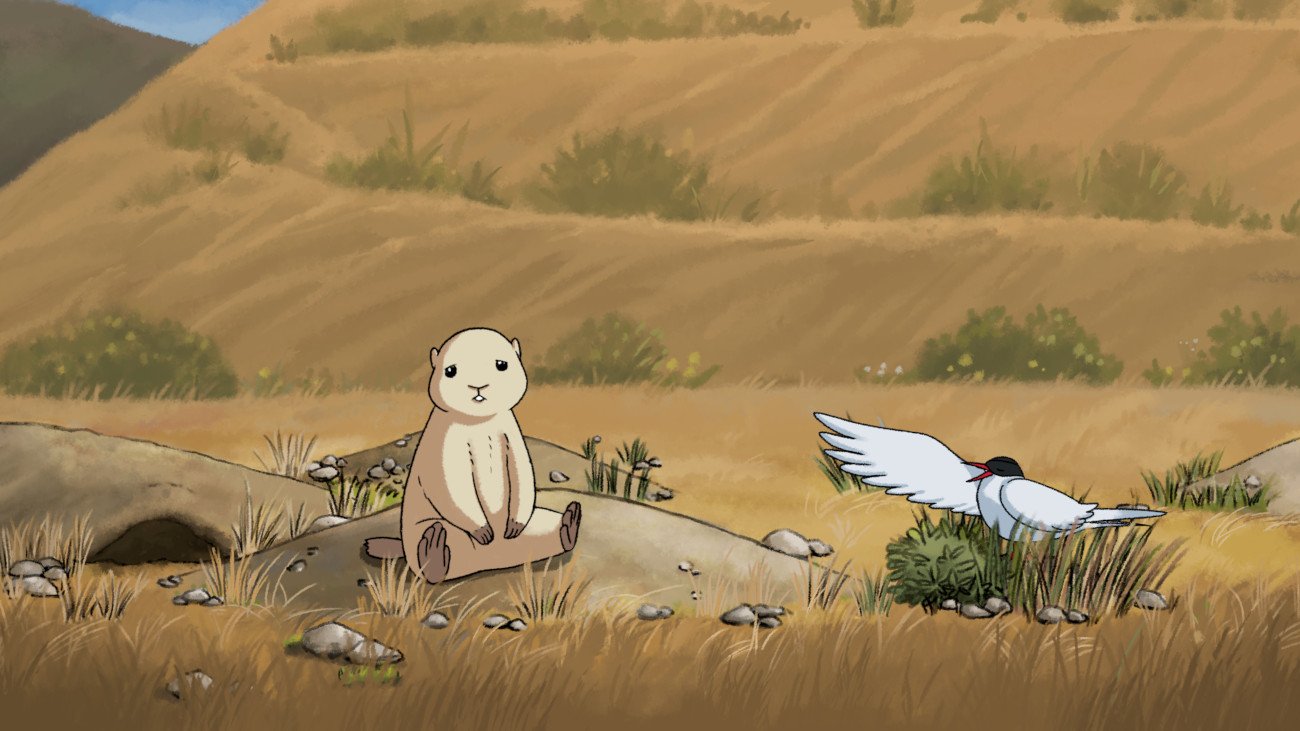
Pavel Suschenko, ‘Winter morning in an unknown city’, Blender:
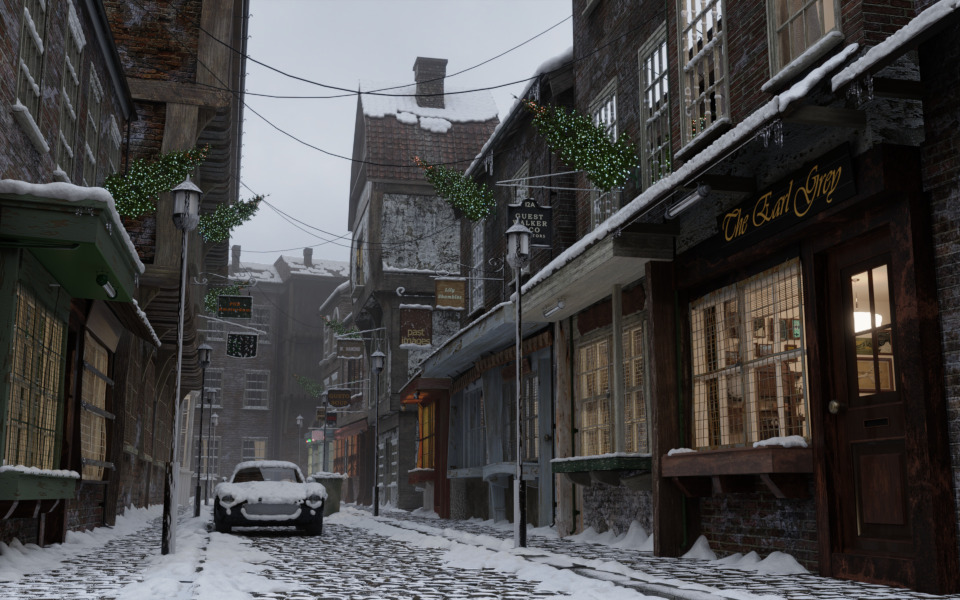
PawChaw, ‘Castle’, Blender:
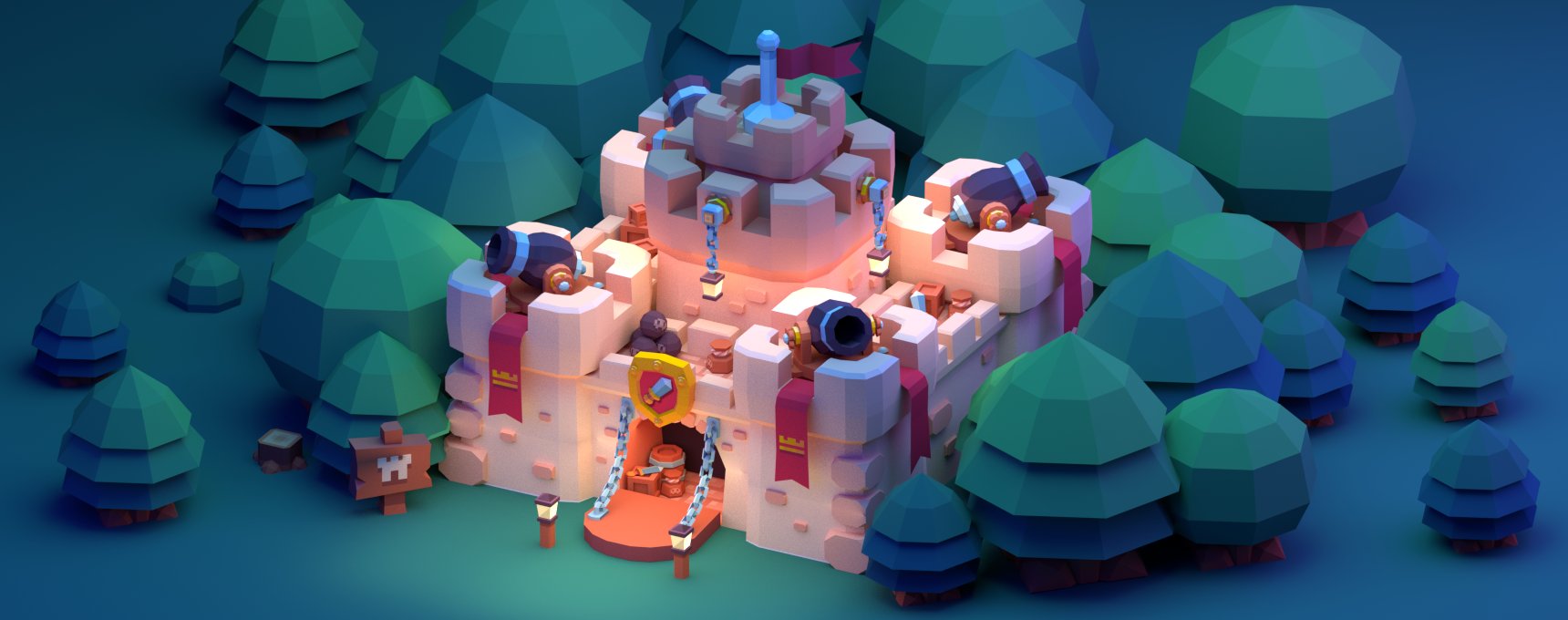
User ‘roerich_64’ on FreeCAD forum is showing the housing for his CNC router he designed with FreeCAD. The workflow includes using KiCad’s StepUp exporter for importing the electronics into FreeCAD.
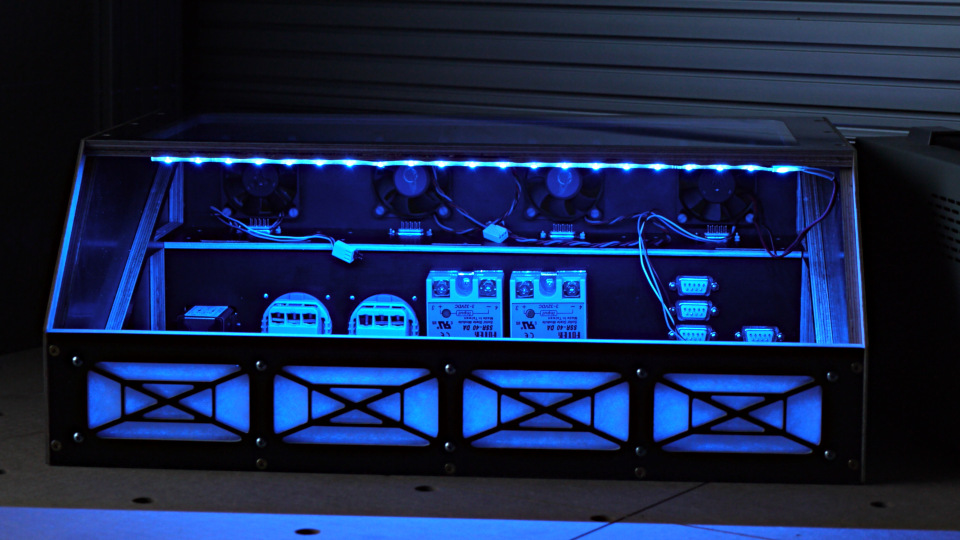
Patreon subscribers get early access to my posts. If you are feeling generous, you can also make a one-time donation on BuyMeACoffee.
